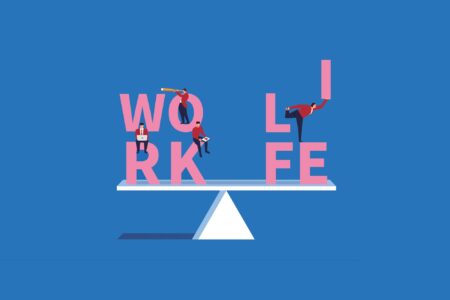Entrepreneur
Who invented the light bulb? Of course, you’d say Thomas Edison. However, what you may not realize is that Edison did not invent the light bulb. Joseph Wilson Swan and Henry Woodward actually invented it.
What Edison did really well was commercialize the invention. But why do we always think of Thomas Edison first? Of course, he was a prolific inventor, but more importantly, he built a recognizable and resonating brand.
Edison branded everything he did with his name, face and signature. He built a massive publicity machine behind him. He forged close personal relationships with journalists who could be trusted to write adoring (but not always strictly accurate) copy. He was a relentless self-promoter. He used multiple public demonstrations to highlight and promote his technologies.
Related: 10 Reasons Why Branding Is Important, Even For Startups
Edison didn’t just do a lot of marketing but rather build a brand he could leverage. For example, his main laboratory, Menlo Park, was famous for generating more than 400 patents in just six years. But Edison worked with a team of 14 or so engineers, machinists and physicists who were rarely, if not at all, mentioned, building and amplifying the narrative of Edison as a “sole inventor.” Only those inventors who left the lab and branched out on their own (i.e., Nikola Tesla) had a chance to gain broader recognition. While positioning himself this way, Edison spent over half his time dealing with clients and investors and speaking to the press.
Edison also knew what stories and sound bites would resonate with the public. He’s well known for saying, “I have not failed 10,000 times — I’ve successfully found 10,000 ways that will not work.” But according to his records, he failed 2,774 times. We all know the 10,000 times quote, and there’s no question it wouldn’t be the same if he had said 2,774.
Or take someone a little closer to the current day — Steve Jobs. When the first iPod launched in 2001, part of its appeal lay in the design. Before the iPod, MP3 players were clunky and unintuitive; the iPod, by contrast, was user-friendly and looked sleek and modern. The first iPod became instantly iconic, and it influenced the look and feel of all Apple products.
Related: 3 Ways a Strong Brand Identity Can Lead to Greater Success for Your Small Business
Jobs also developed a unique visual identity for himself: his iconic jeans and black turtleneck uniform. This distinctiveness translated to his presentations, where he made them unique and extraordinary through his simple and compelling storytelling. This helped him stand out as a leader and communicator, in contrast to his competitors at Microsoft. His brand prowess continues to this day and has created an aura around the company and the man himself.
Even though Apple is lauded for its continued innovation and mold-breaking, the company stumbled from one mistake to another for many years. For instance, the Macintosh was a marketing stroke of genius but a major business failure. Trial and error was something the company has dealt with throughout its lifespan, though many people only recognize the wins. Jobs himself was known to say no to more ideas than yes.
In fact, Jobs began taking his top 100 people on a retreat. He would stand in front of a whiteboard and ask, “What are the 10 things we should be doing next?” People would fight to get their suggestions on the list. He would write them down — and then cross off the ones he decreed dumb. After much debate, the group would come up with a list of 10. Then Jobs would slash the bottom seven and announce, “We can only do three.”
He also never underestimated the power of vision to move a brand forward. In 1976, Steve Wozniak was captivated by Jobs’ vision to “put a computer in the hands of everyday people.” Wozniak was the engineering genius behind the Apple I and the Apple II, but it was Jobs’ vision that inspired Wozniak to focus his skills on building a computer for the masses. Jobs’ vision was intoxicating because it had four components that all inspiring visions share: It was 1) bold, 2) specific, 3) concise, and 4) consistently communicated.
Related: How to Create a Compelling Brand Identity
The bottom line is that while we want to believe that an amazing invention or innovative solution will sell itself, it’s far from the case. Building a brand and identity intentionally and shaping a narrative provides the best opportunity to succeed. This doesn’t mean simply promoting your product or your company but creating a brand around it that’s engaging, unique, interesting, and different.
How crucial, after all, is Larry Page’s and Sergey Brin’s brand to our perception of Google? Even though many companies today are cutting back on branding and marketing investments, it’s funny how the companies we admire were not built simply by new products but achieved their level of success through investing in and architecting a great brand. Edison knew this — even 100 years ago.
Read the full article here











